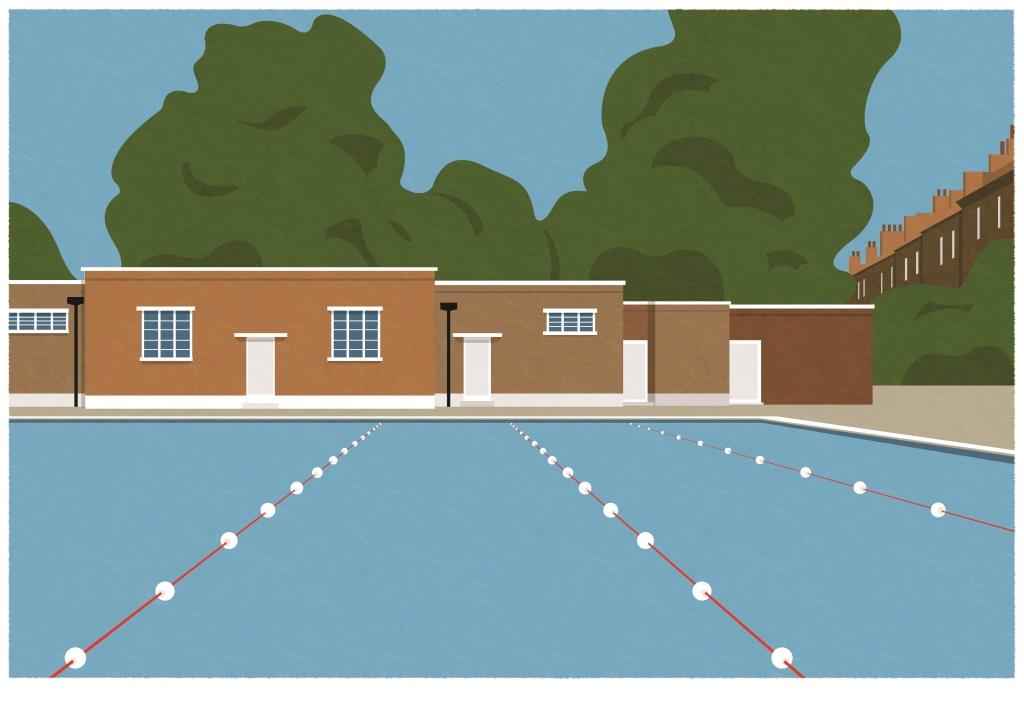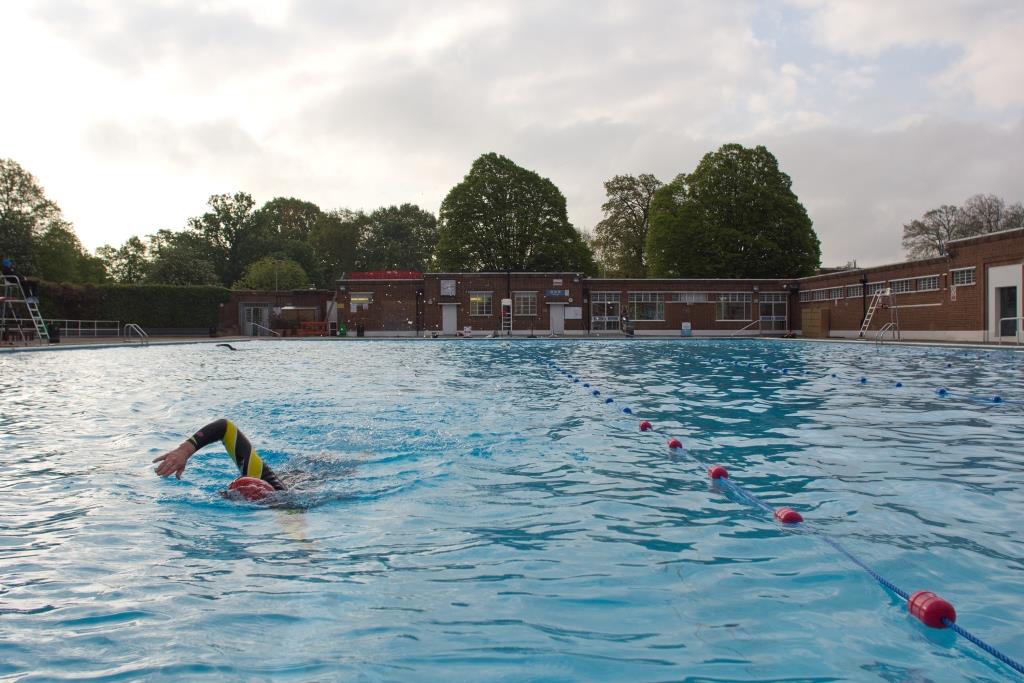Written by Lizzie Kaye, as part of Brix & Mortar, a celebration of Brixton’s landmarks

The construction of Brockwell Lido was first suggested in 1923 by London County Council (LCC) although the idea was briskly dismissed by the Parks and Open Spaces Committee, partly due to the fact that the park was home to a swimming lake. It was another ten years before the water quality in the Brockwell Swimming Lake was deemed unsanitary, and that perhaps a site could be found “for the construction of an open air swimming bath” as an alternative. Brockwell Lido was born.
The Lido survived until 1990, when council cuts meant it had to close, though it reopened in 1994 thanks to Paddy Castledine and Casey McGlue, two former employees of Lambeth Council. In their twenties, with nothing to lose, they set about making the derelict Lido a real destination. They succeeded, though without council support they could only manage one extra year on top of their seven-year lease. Still, they managed to keep the Lido going, even hosting a wedding or two, including Paddy’s. The Lido attracted all sorts, one day leading Paddy to meet a sports agent and fellow fan of the Racing Post. Together, they won a considerable sum of money at the races, and so bought a racehorse. Which they obviously named Brockwell Lido, or so the story goes…
It was thanks to the work of the Brockwell Lido Users that the council agreed to put out another invitation for someone to run the Lido once Paddy and Casey had come to the end of their lease. Current leaseholders Fusion took up the baton, ambitiously refurbishing and adding the leisure facilities, though the Lido became a Grade II listed building during the planning process. Brixton-based writer Howard Cunnell has chosen Brockwell Lido as the setting for his third novel, The Last Good Summer. “I worked as a lifeguard at the Lido for the best part of ten years,” Howard said. “It holds a special place in my heart, not least because of the way those red, fort-like walls almost seem to contain the bright water in a state of magical suspension. The architecture works to emphasise the idea of the Lido as an oasis in the heart of the inner city.”







